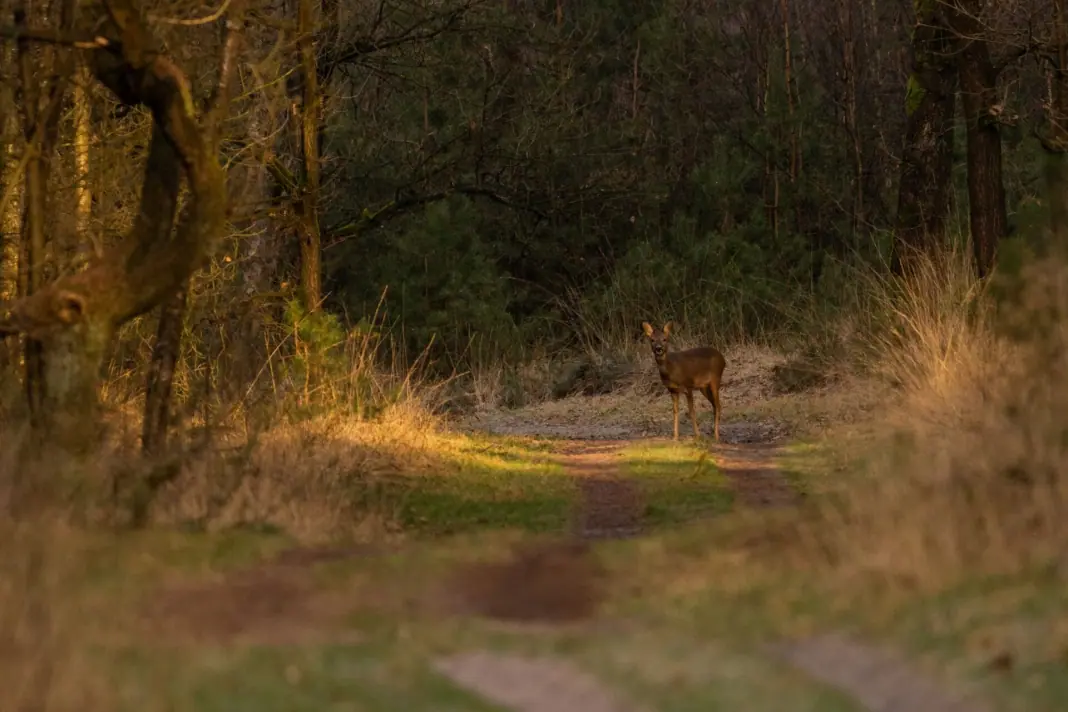Deer hunting is an activity that combines skill, patience, and a keen understanding of animal behavior. For a successful hunt, knowing the optimal times to be out in the field is crucial. Weather conditions, deer behavior, and seasonal changes all play a role in determining the best hunting times. This article will explore when these ideal times are and the factors that influence them.
Understanding Deer Behavior
Crepuscular Nature
Deer are primarily crepuscular animals, meaning they are most active during the twilight hours of dawn and dusk. This behavior is mainly due to the need to avoid predators and find food while remaining under the cover of low light conditions.
Seasonal Patterns
The behavior of deer changes with the seasons. During the fall, the mating season known as the “rut” leads to increased movement among deer, while winter sees a decrease in activity as they conserve energy.
Optimal Hunting Times
Early Morning Hunts
Benefits of Morning Hunts
The early morning, just before sunrise, is often considered one of the best times for deer hunting. During this time, deer move from their feeding areas to their bedding sites, providing hunters with a high chance of success. The morning chill also helps to mask human scent, and the quiet morning hours can make it easier to hear deer movements.
Ideal Time Frame
The best time for a morning hunt is typically the first two hours after sunrise. This is when deer are still moving, and the light is bright enough for hunters to have good visibility.
Evening Hunts
Advantages of Evening Hunts
Many hunters prefer evening hunts, as deer emerge from their beds to feed and are more easily spotted in open fields. The setting sun also provides cover for hunters as it can obscure their visibility to deer.
Prime Time Frame
The optimal period for evening hunts is the last two hours before sunset. During this time, deer are restless and move towards their feeding grounds, offering hunters the best chance to spot and target them.
Influential Factors
Weather Conditions
Temperature and Climate Effects
Deer are more active in cooler weather as extreme temperatures can suppress their activity. During warmer days, early morning and late evening become even more crucial as deer avoid the heat of midday.
Wind and Scent
Wind can carry a hunter’s scent, alerting deer to their presence. Hunting on days with a steady wind can help mask the hunter’s location. It’s beneficial to stay downwind of expected deer paths for the best results.
Lunar Phases
Many hunters believe that lunar phases, particularly the full moon, can affect deer movement. The theory suggests that deer are more active during the night on a full moon, thereby increasing movement during the twilight hours of dawn and dusk.
Timing is critical in deer hunting, and understanding the nuances of deer behavior can significantly enhance your chances of success. Early morning and late evening are widely recognized as the best times for hunting deer, particularly during cooler seasons. However, external factors such as weather, temperature, and lunar phases can still impact deer movement and should be considered when planning a hunt. Ultimately, by aligning your hunting strategy with deer activity patterns, you can maximize your opportunities in the field.


